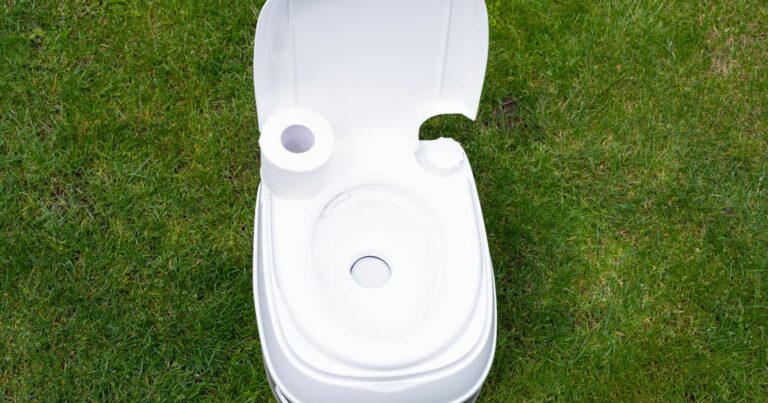How to Set Up a Camping Hammock
Swaying gently in a breezy hammock with views of towering trees and blue skies – it’s a dreamy way to camp. But setting up a camping hammock properly requires some skill and know-how. Choose the wrong trees or hang at the incorrect height, and your relaxing getaway can quickly turn into an uncomfortable night’s sleep.
In this post, I’ll walk through the step-by-step process for how to set up a camping hammock. You’ll learn how to find the perfect hang spot, properly attach and adjust straps, and enhance your comfort with hammock accessories. With the right setup, you’ll be cradled cozily off the ground and drifting off to the sounds of the forest in no time.
Whether you’re stringing up your first hammock or looking to refine your technique, read on to pick up some expert tips. I’ll share the ideal distance between trees, best height to hang, and potential mistakes to avoid. Your next camping trip is bound to be your best sleep in the woods yet. Now let’s get hanging!
Choose a Solid Location Between Trees
The key to hammock camping comfort is finding the right location between two trees. Here are some tips:
- Look for two trees that are 10 to 15 feet apart for the best stability. Much wider and the hammock will sag too much.
- Ensure the trees have a trunk diameter of at least 12 inches for adequate support.
- Pick live, healthy trees whenever possible. They are less prone to breaking or falling over.
- Examine trees for sturdy branches extending out a good distance to attach straps to.
- Avoid setting up near dead trees, saplings, or trees with loose bark that could detach.
Taking the time to find ideal anchor trees will provide a solid hammock base.
Hang Hammock Straps Correctly
Hammock straps make it easy to attach your hammock between trees without damaging the bark. Follow these guidelines:
- Wrap the straps at least twice around each tree and secure with a tight knot. More wraps provide greater friction and stability.
- Attach carabiners or S-hooks from the straps to the ends of the hammock. This allows easy setup and take down.
- Ensure both straps are hung at exactly the same height on each tree. This keeps the hammock bed level.
- Cinch the straps tightly on both sides before putting your full weight into the hammock.
Using proper hanging techniques keeps the hammock taut and comfortable all night long.
Adjust to the Perfect Hanging Height
The height your hammock hangs at is another key factor for optimal comfort. Here are some tips:
- Start by hanging the hammock with the bottom sitting about hip-height off the ground when you stand in the middle.
- Sit carefully in the hammock and make adjustments. The ideal position is when your knees are slightly bent and elevated.
- For back sleepers, hang the hammock with a very gentle sag in middle to keep your back aligned.
- If your head or feet feel like they’re tilting downward, simply adjust the straps up or down a bit on each tree.
Taking a few minutes to fine tune the height will make for the most relaxing night’s sleep under the stars.
Add Accessories for Extra Comfort
While a basic hammock will do the job, you can enhance the experience with some key accessories:
- An underquilt hangs below you and prevents cold air from seeping in from underneath. Highly recommended for colder temps.
- A protective bug net is essential in mosquito and insect-prone areas. Look for fine no-see-um mesh netting.
- A rain tarp or fly helps keep rain, wind, and morning dew off your hammock overnight if needed.
- Consider a sleeping pad for additional insulation and to smooth out any ridges from gathered fabric.
These optional add-ons help protect against the elements and create an even cozier, more enjoyable hang.
Test it Out Before Bedding Down
Before turning in for the night, test out your hammock with these tips:
- Do a trial run by gently sitting in the hammock and assessing comfort and firmness. Make any final adjustments.
- Rock side to side and check for any slipping straps or instability issues before fully reclining.
- If straps are attached to branches instead of the main trunk, inspect to ensure no cracking or movement.
- Verify carabiners are fully closed and secured to straps and hammock with no chance of detachment.
Taking preventative measures ensures you can drift off to dreamland without worrying about tumbles or malfunctions.
Know Hammock Camping Regulations
Before stringing up your hammock, check rules and regulations:
- Many campgrounds have designated hammock zones and requirements regarding distance between trees.
- Hammock hanging is restricted in some parks and forests due to undergrowth concerns or wildlife impact.
- Never damage live trees by cutting branches or stripping bark to accommodate gear.
- Avoid setting up a hammock in an area that will be on the main thoroughfare.
Following posted restrictions helps protect nature and keeps the peace with fellow campers.
Now get out there are start rocking and rolling in your own personal paradise hung between the trees! Follow these hammock camping tips and you’ll be snoozing soundly off the ground in optimum comfort.







